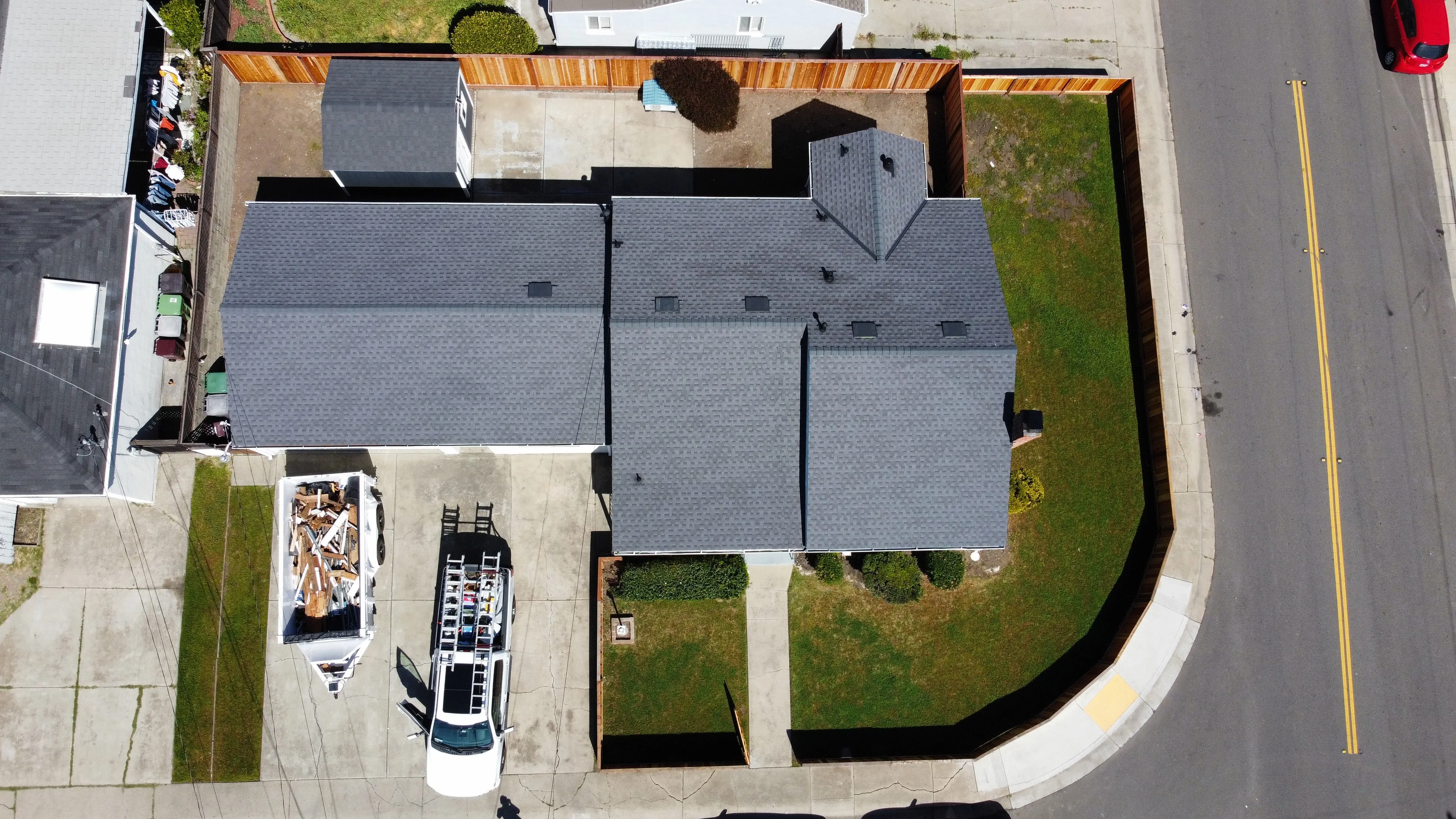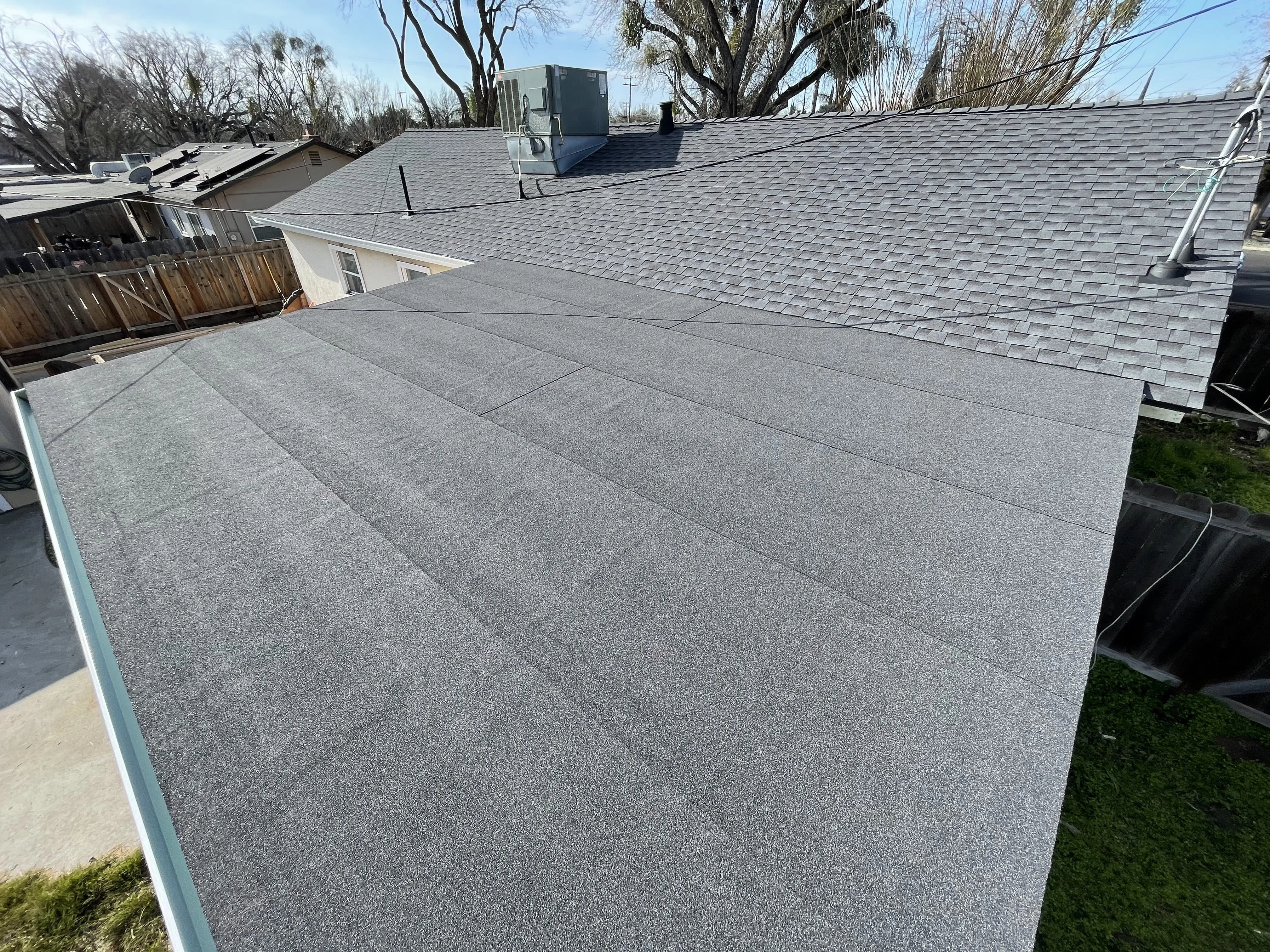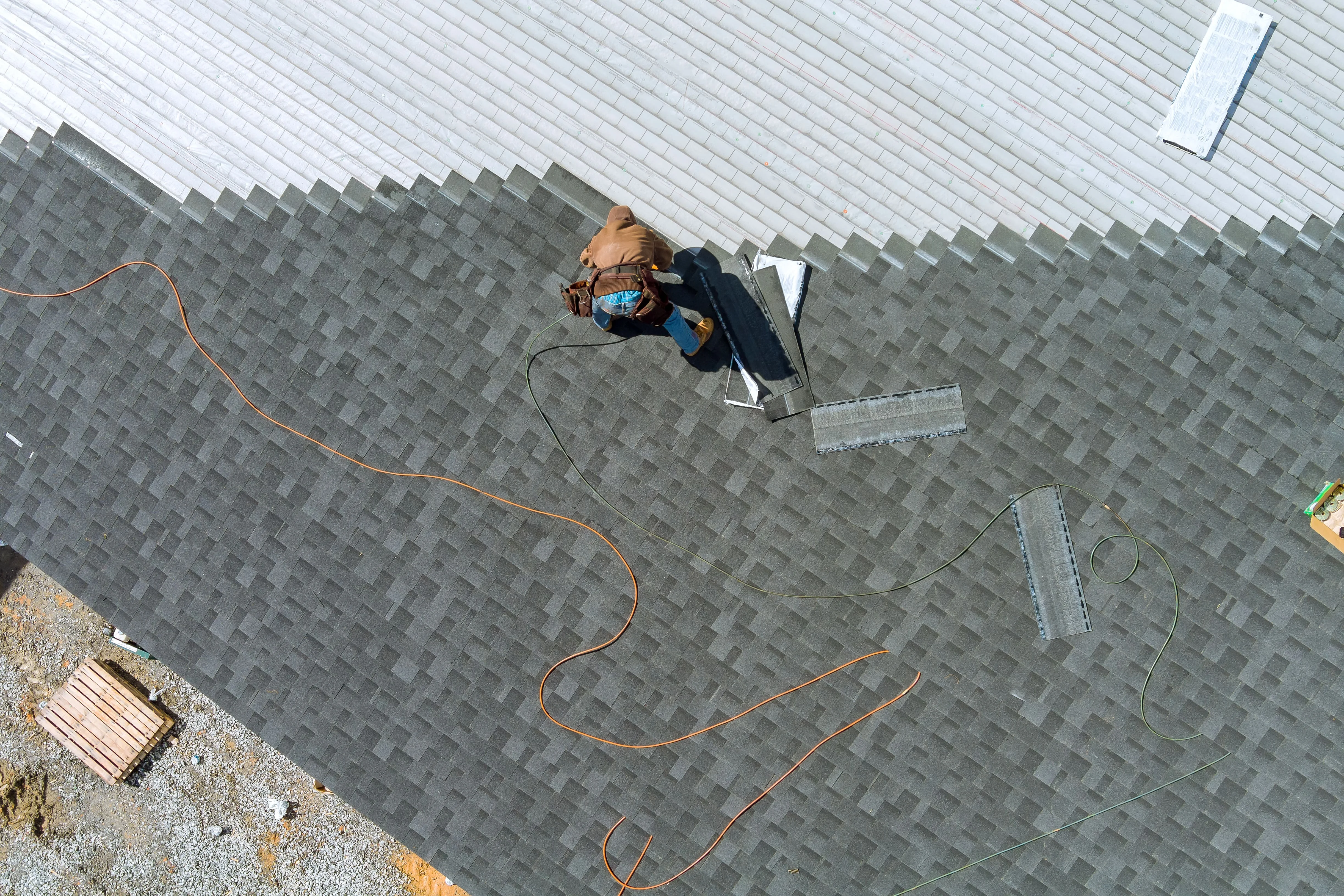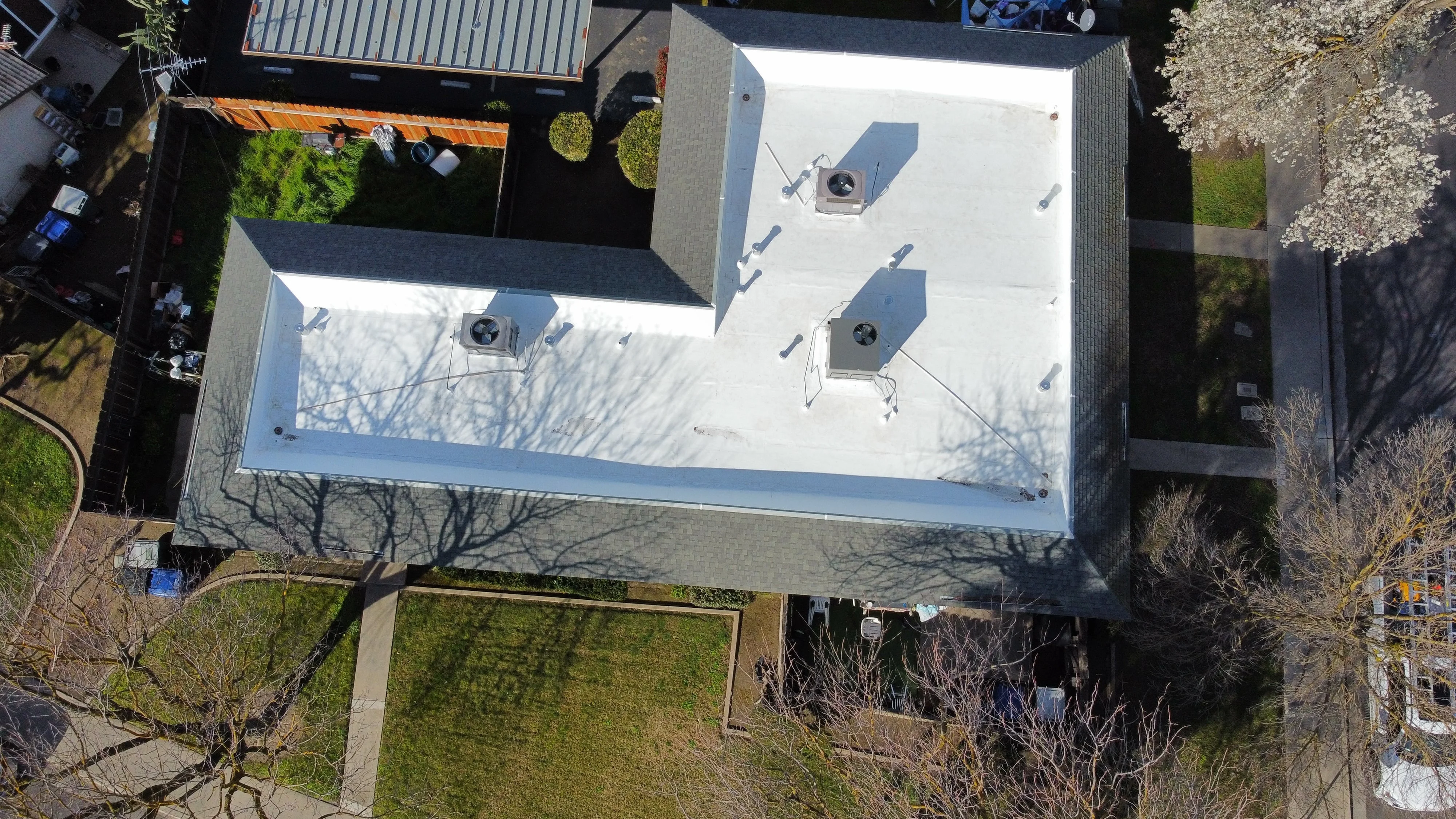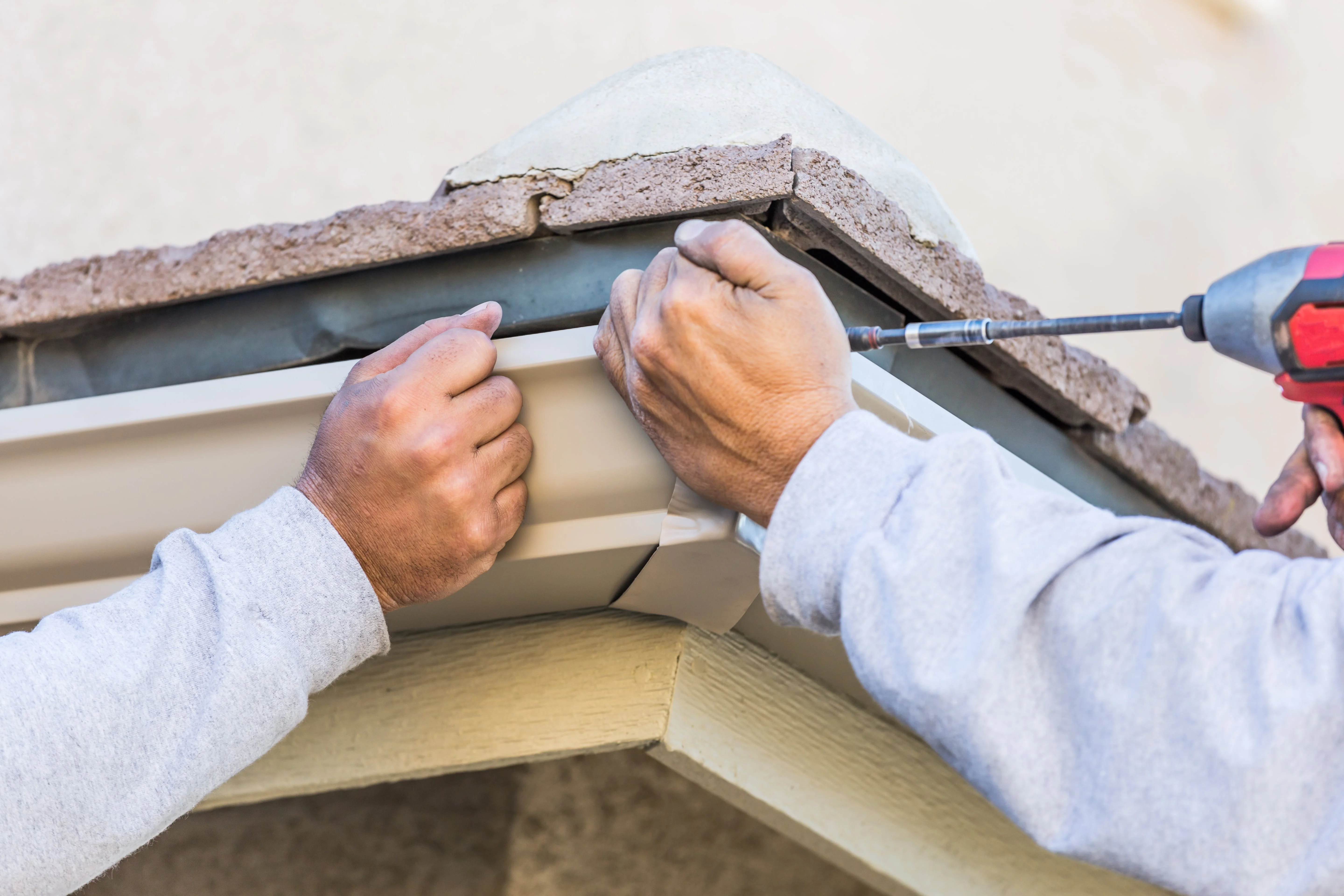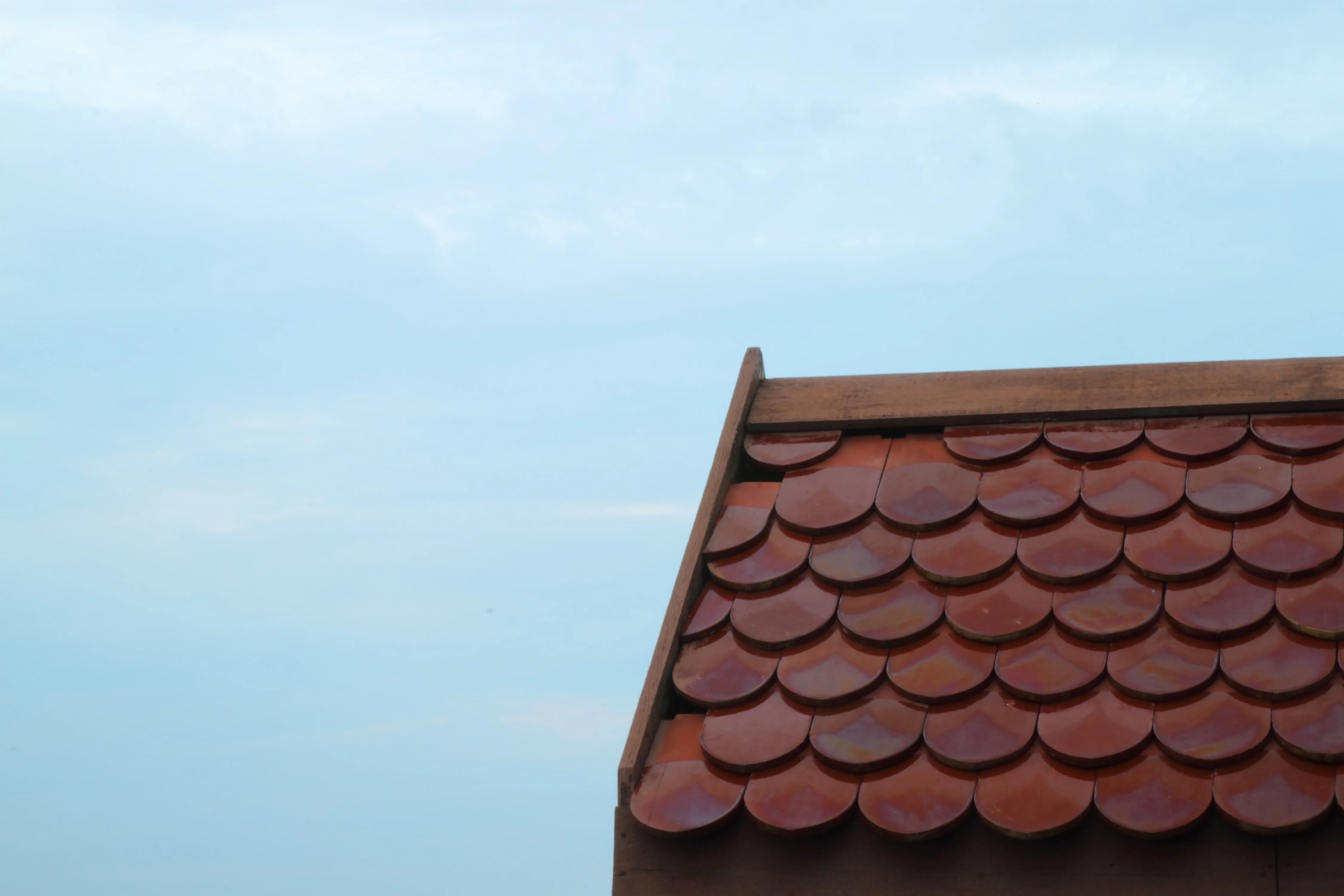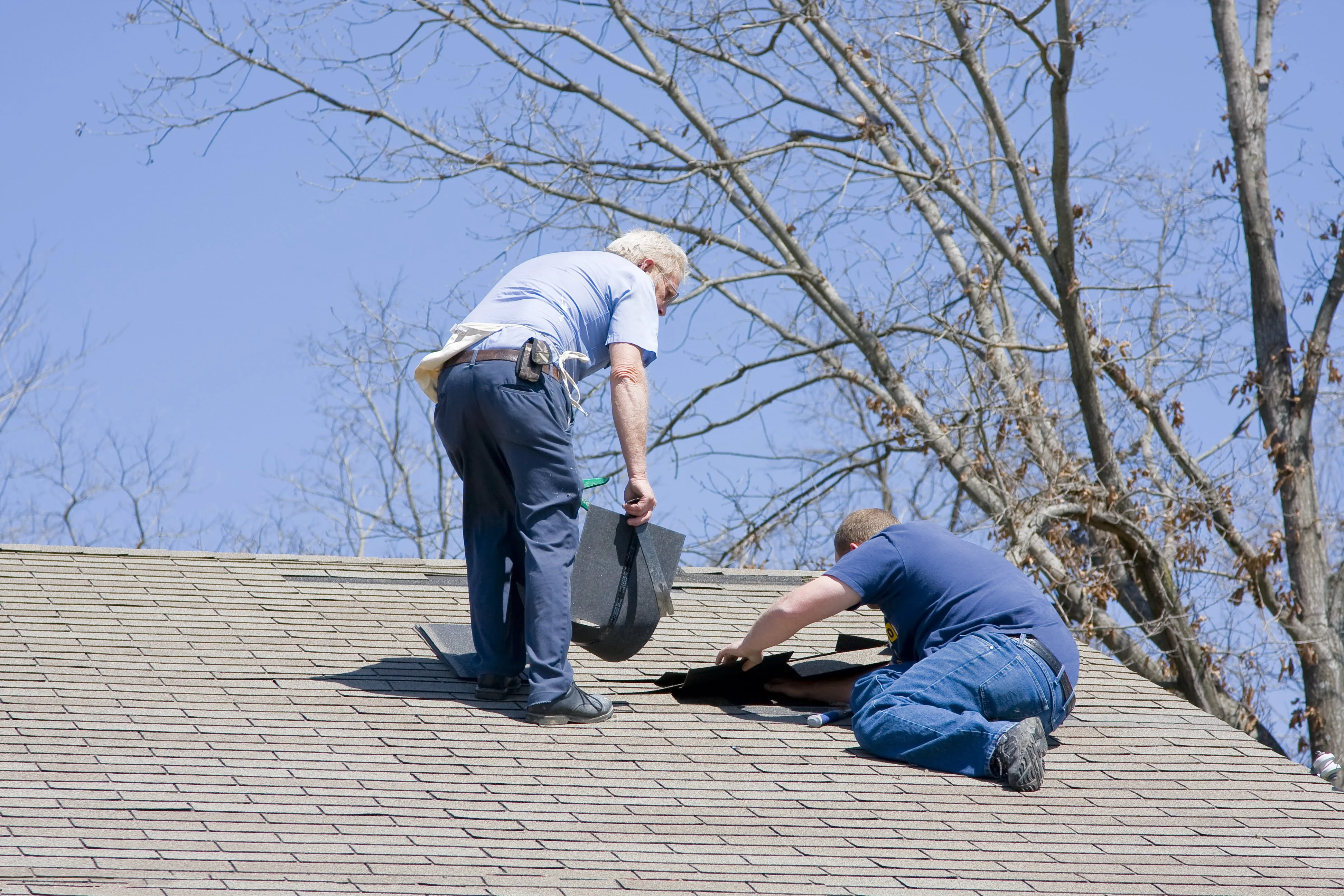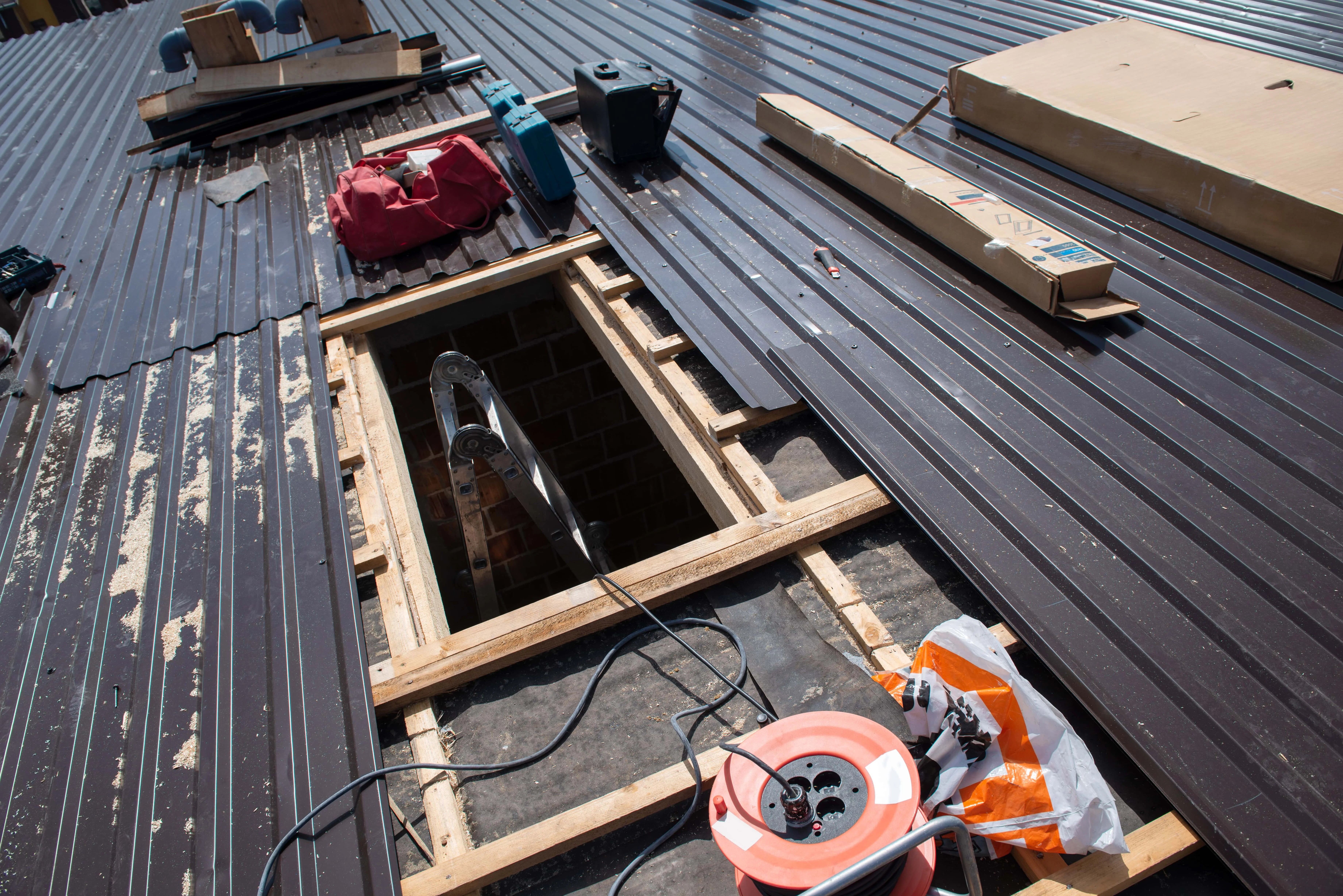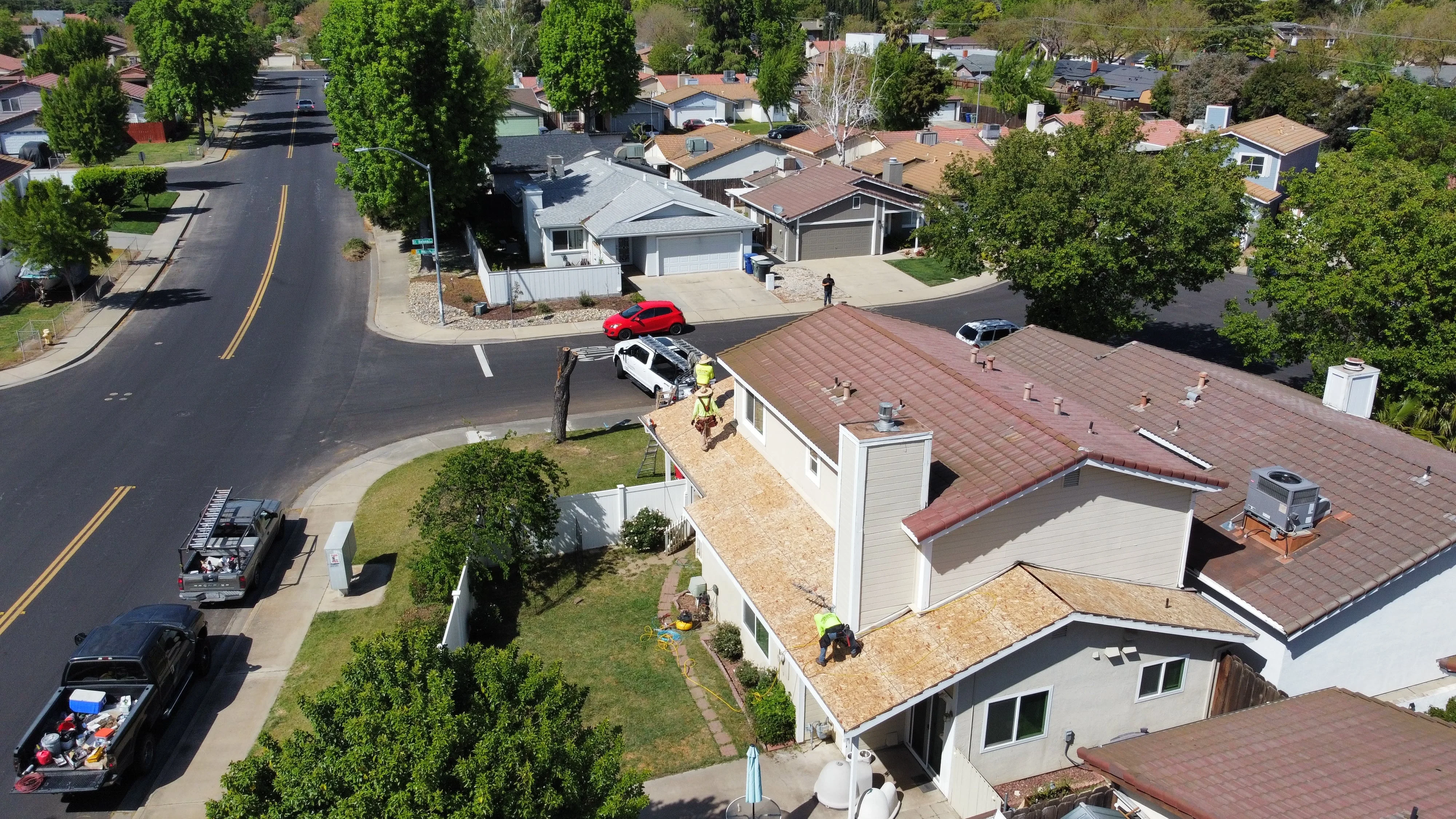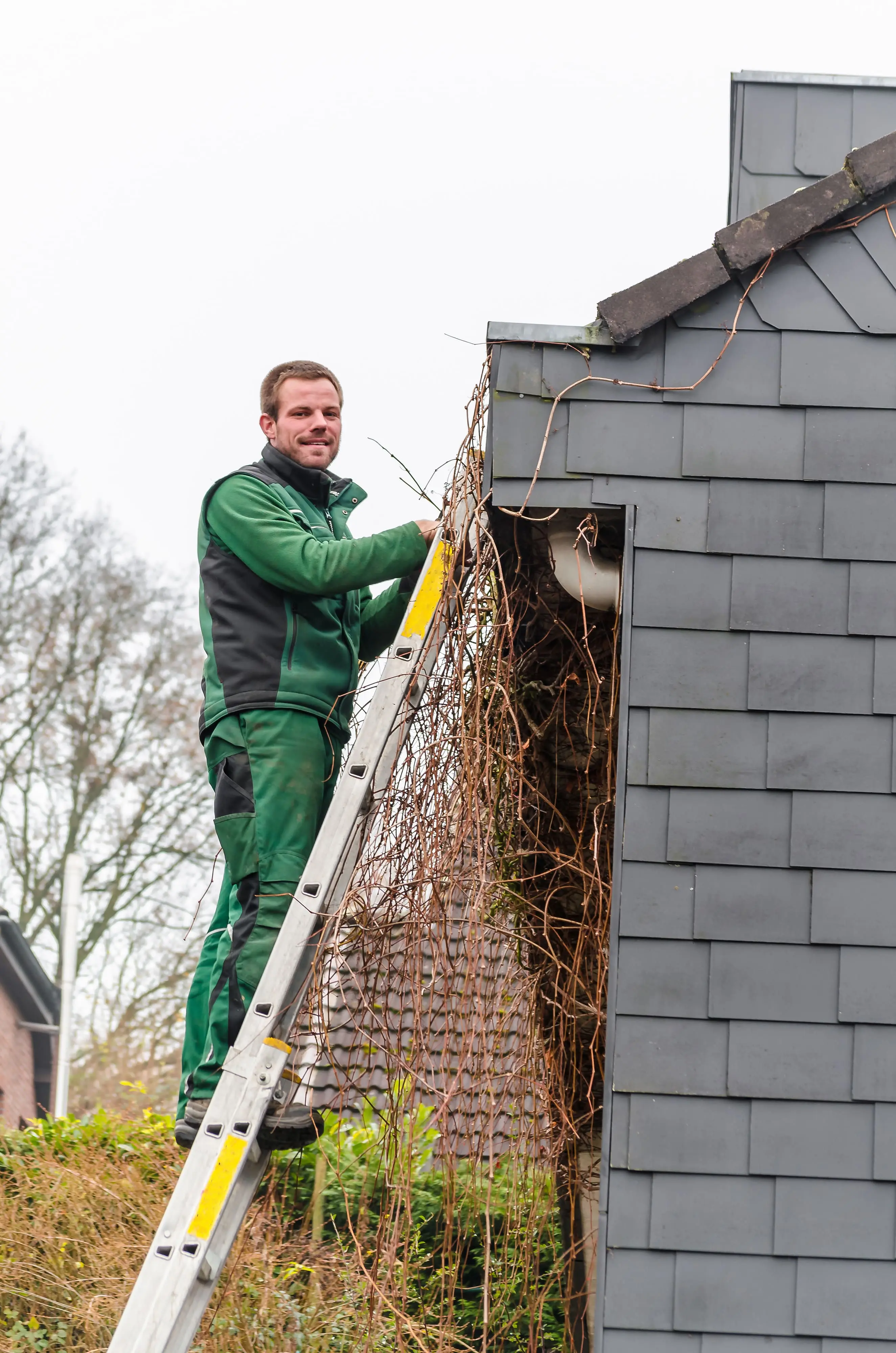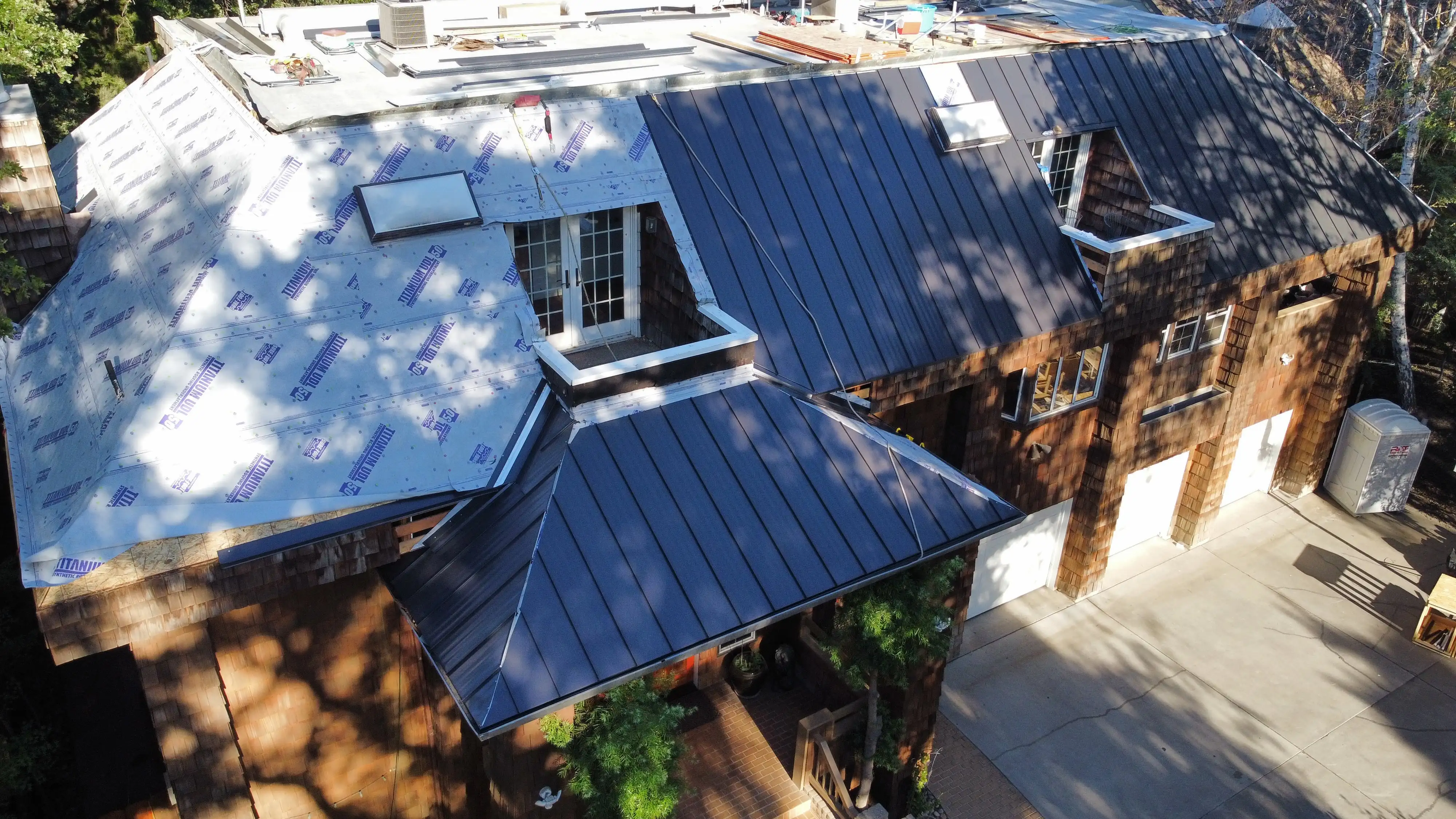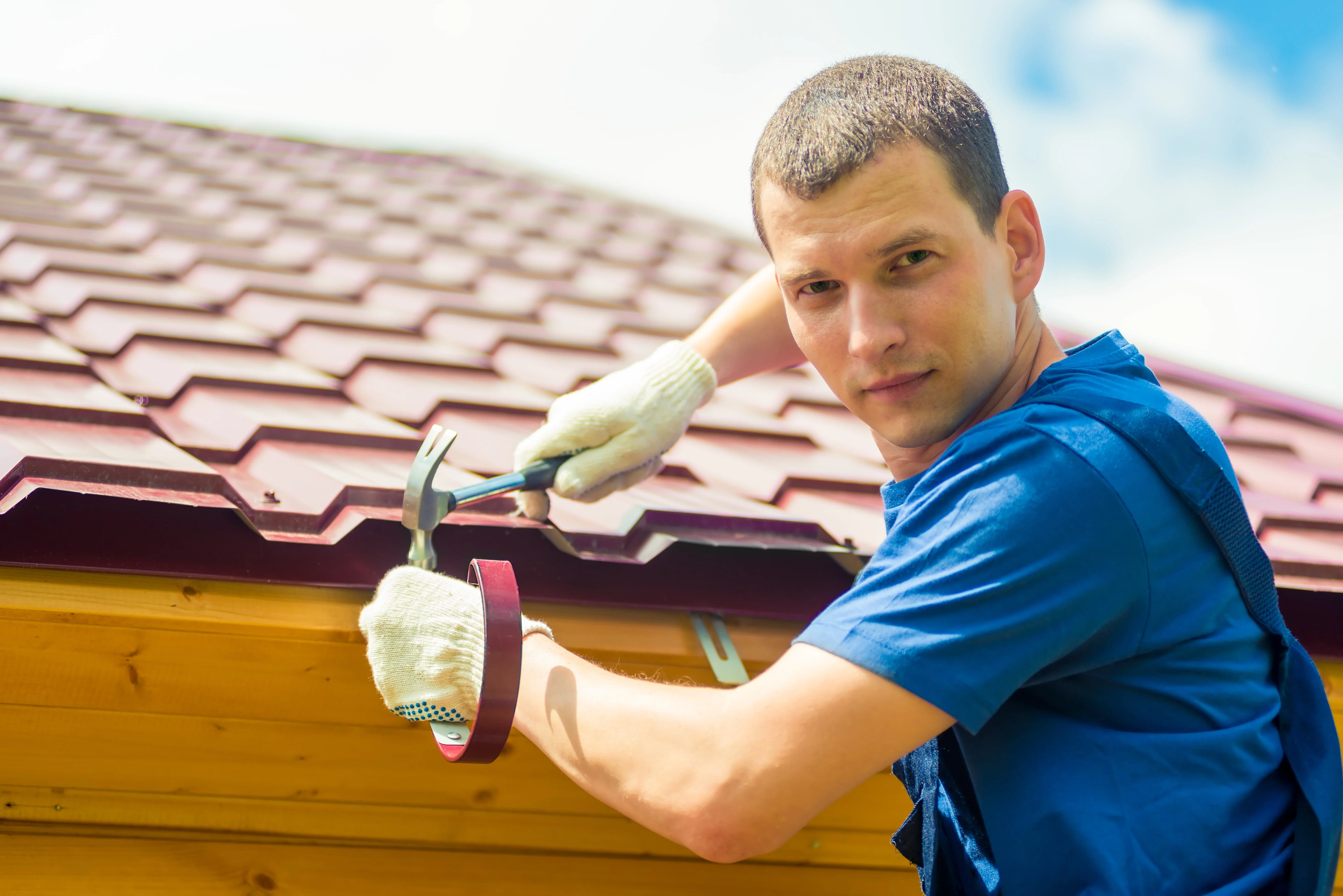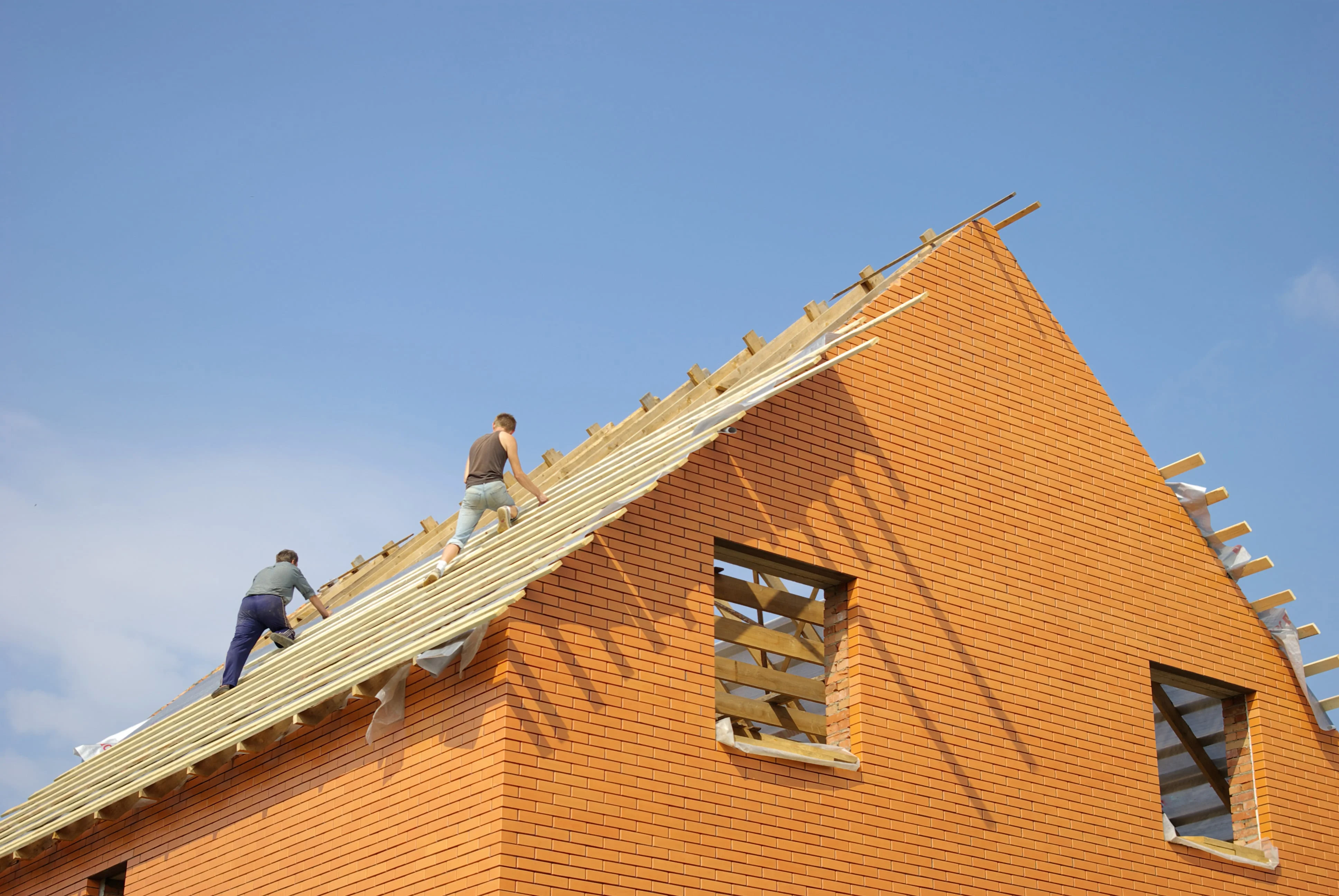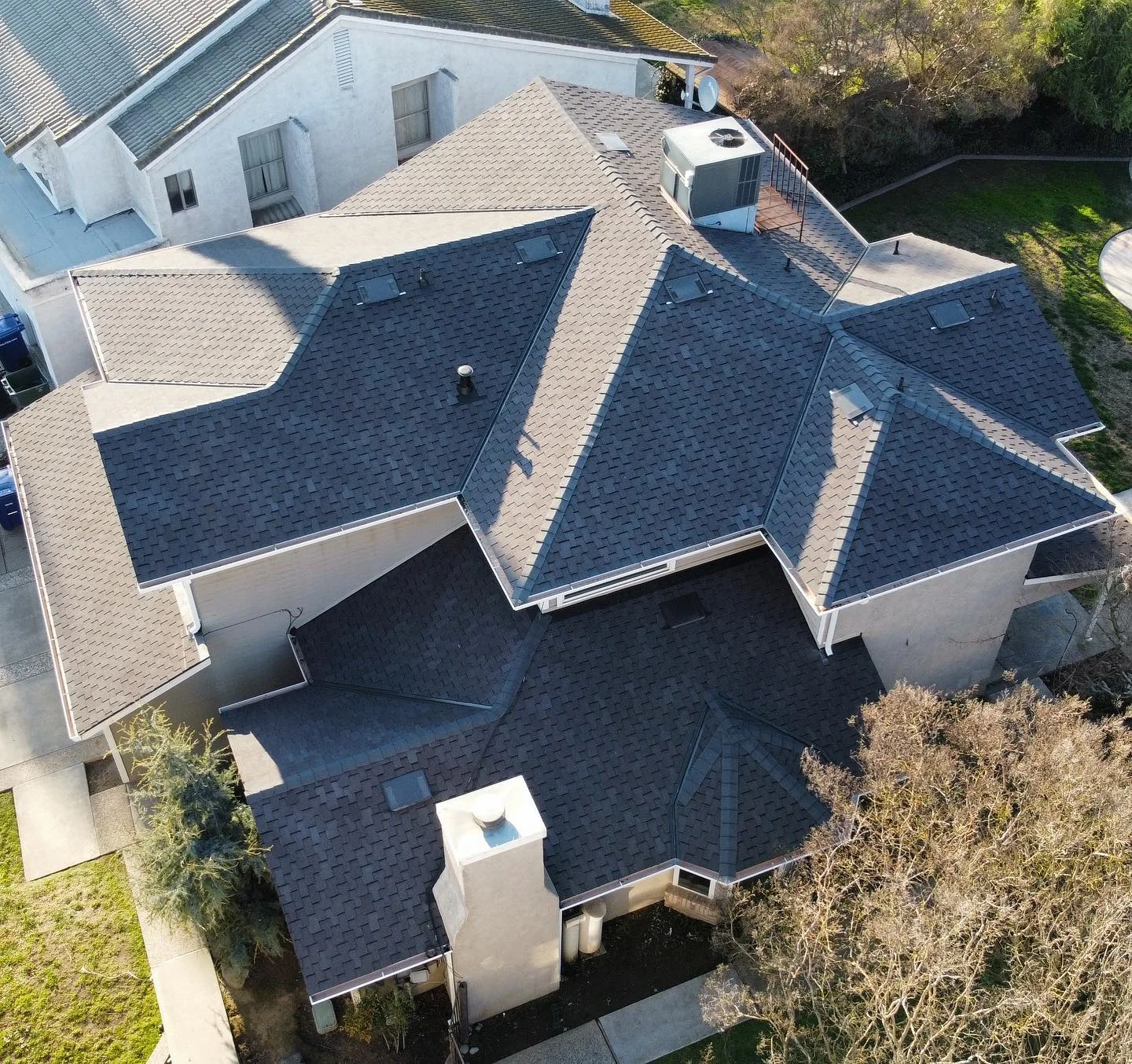
10 Signs It’s Time for Roof Repair (Complete Guide)
When was the last time you looked at your roof? For most homeowners, the roof is an afterthought—until a leak starts dripping onto the living room floor. But by the time water stains appear or shingles start falling, damage has already taken hold.
Your roof is more than just a protective cover—it's a system designed to shield your home from the elements, insulate your space, and maintain structural integrity. Over time, wear and tear, weather exposure, and aging materials take their toll. Recognizing the warning signs early can help you avoid extensive (and expensive) repairs down the road.
We will break down the 10 most critical signs your roof needs repair—and what to do next.
1. Missing, Cracked, or Curling Shingles
One of the most visible red flags of roof damage is shingle deterioration. Whether they're cracked, curled, broken, or missing, compromised shingles expose your roof deck to moisture and UV damage.
What it means:
Shingles act as your roof's first line of defense. When they fail, water penetration is only a matter of time.
Pro Tip: After storms or high winds, walk around your home with binoculars. Look for inconsistencies in the pattern, color changes, or visible gaps in your shingles.
2. Water Stains on Ceilings or Walls
Brown spots, bubbling paint, or water streaks on your ceilings and walls often indicate a roof leak. Don’t ignore these symptoms, even if they seem minor—they usually signal deeper issues.
What it means:
Leaks may be caused by damaged flashing, underlayment, or shingles, and often go unnoticed until interior signs appear.
Action step: Schedule a professional roof inspection immediately to pinpoint the source and assess the extent of the damage.
3. Granules in Gutters or Downspouts
Have you noticed sand-like granules collecting in your gutters? These are from aging asphalt shingles and are a sign that your roof’s protective layer is deteriorating.
What it means:
Loss of granules compromises the shingles’ ability to shield your roof from UV rays and water infiltration.
When it’s urgent: If your roof is over 10 years old and shedding granules after every storm, it’s time to call a roofing specialist.
4. Sagging or Drooping Rooflines
A sagging roofline is more than an aesthetic concern—it’s a sign of structural trouble. Whether it’s due to prolonged water exposure, rotting boards, or poor installation, it should be addressed immediately.
What it means:
A sagging roof could collapse if left unattended. It signals major damage to the roof decking or joists.
Immediate fix: Contact a licensed roofer to evaluate whether a repair or full replacement is needed.
5. Moss, Mold, or Algae Growth
If your roof has green, black, or dark streaky patches, it’s not just a cosmetic problem. Moss and algae hold moisture, which deteriorates roofing materials and shortens their lifespan.
What it means:
Moisture retention can lead to rot, leaks, and insulation damage. Mold can also infiltrate your attic and affect indoor air quality.
Pro Tip: A professional roof cleaning or treatment can help—but if the growth is widespread, repairs may be necessary.
6. Sunlight Visible in the Attic
If daylight peeks through your roof boards while you’re in the attic, that’s a major red flag. It means there are holes, cracks, or weakened seams in your roofing system.
What it means:
If light can get through, so can water, insects, and cold air—damaging your insulation and causing your energy bills to spike.
Next step: Have a roofing contractor assess the gaps and recommend patching or shingle replacement as needed.
7. Damaged or Loose Flashing
Flashing is the thin metal installed around chimneys, vents, skylights, and valleys to prevent water from seeping in. When it’s cracked, rusted, or missing, water finds its way in fast.
What it means:
Faulty flashing is one of the top causes of roof leaks. If not caught early, it can rot the surrounding roof structure.
Fix it fast: Flashing repair is a relatively low-cost solution when caught early.
8. Unexplained Spikes in Energy Bills
A sudden rise in heating or cooling costs? Don’t blame your HVAC system just yet—your roof could be the culprit.
What it means:
Gaps, cracks, or worn insulation can allow conditioned air to escape and outside air to enter, overworking your system and increasing costs.
Pro Tip: An infrared roof inspection can detect energy leaks not visible to the naked eye.
9. Storm or Hail Damage
Even if your roof looks fine from the ground, hail, wind, or falling branches may have caused subtle but serious damage.
What it means:
Dented or bruised shingles, displaced flashing, and torn underlayment can lead to slow leaks that worsen over time.
What to do: After a severe weather event, always schedule a roof inspection—even if you don’t see immediate signs of damage.
10. Roof Age (15–25+ Years)
Every roofing material has a lifespan. If your roof is over 20 years old, it may be time to repair or consider a roof replacement—even if there are no visible problems.
Lifespan guide:
Asphalt Shingles: 15–25 years
Wood Shakes: 20–30 years
Metal: 30–50 years
Clay/Slate Tile: 50+ years
Why act now: Roofs deteriorate faster as they age. Regular inspections at this stage can prevent costly emergency repairs later.
Bonus Tip: Schedule Regular Inspections
Annual roof inspections—especially in spring and fall—help you catch issues early. A certified roofer can:
Check for hidden leaks.
Inspect flashing, vents, and gutters.
Recommend proactive repairs before damage spreads.
It’s a small investment that can prevent thousands in future costs.
When to Call a Roofing Expert
If you’ve noticed any of these signs, don’t delay. A licensed roofing contractor can:
Conduct a full inspection.
Provide a detailed report.
Offer affordable repair solutions tailored to your roof type and local climate.
Waiting only makes things worse. A minor leak today could turn into major water damage, structural issues, or mold infestations in a matter of weeks.
Final Thoughts
Your roof works silently every day to protect your home—but it won’t last forever. Recognizing the early warning signs of roof damage is essential to keeping your property secure, efficient, and beautiful.
From missing shingles to rising energy bills, every sign tells a story. Don’t ignore what your roof is trying to say.
Frequently Asked Questions
Q: How do I know if my roof needs repair or replacement?
A: If your roof has widespread issues or is nearing the end of its lifespan, replacement might be more cost-effective. A roofer can help you decide.
Q: What’s the average cost of roof repair ?
A: Roof repairs range from $300 to $3,000, depending on the damage, materials, and labor involved.
Q: Is roof repair covered by homeowners insurance?
A: Most policies cover damage caused by storms or accidents, but wear and tear or poor maintenance may not be included. Always review your coverage.
Q: Can I repair a roof myself?
A: DIY may work for minor fixes, but for major issues or safety concerns, always hire a professional.


